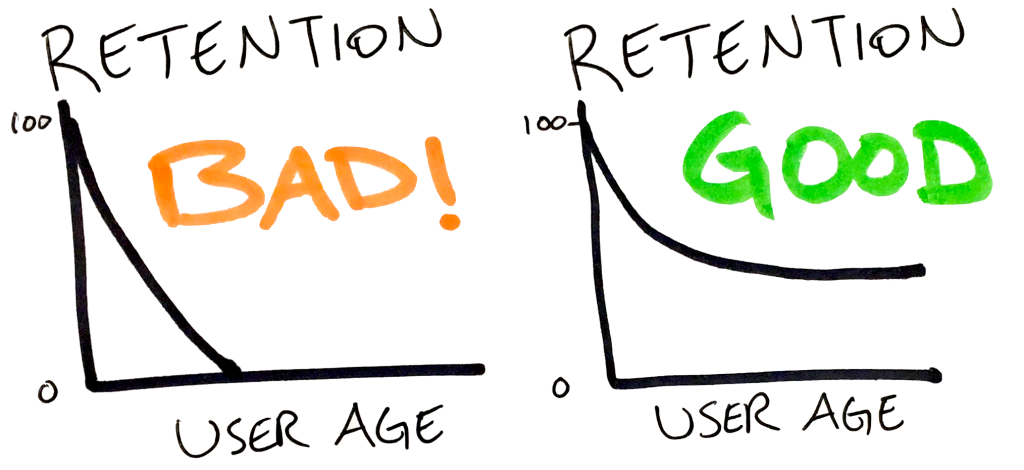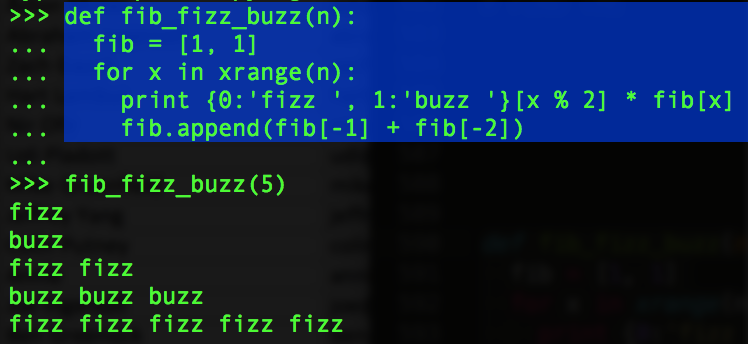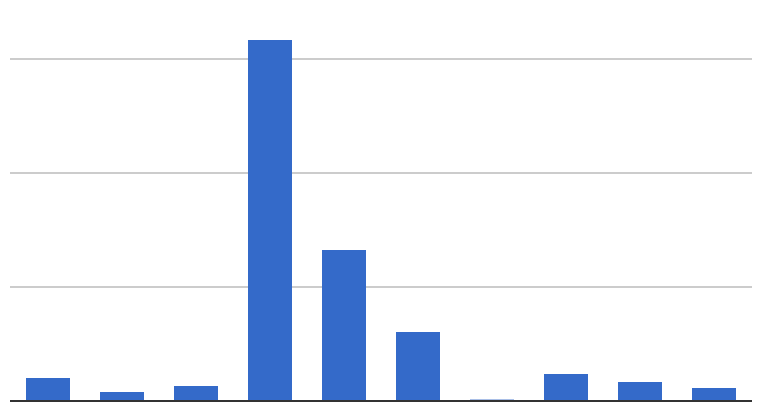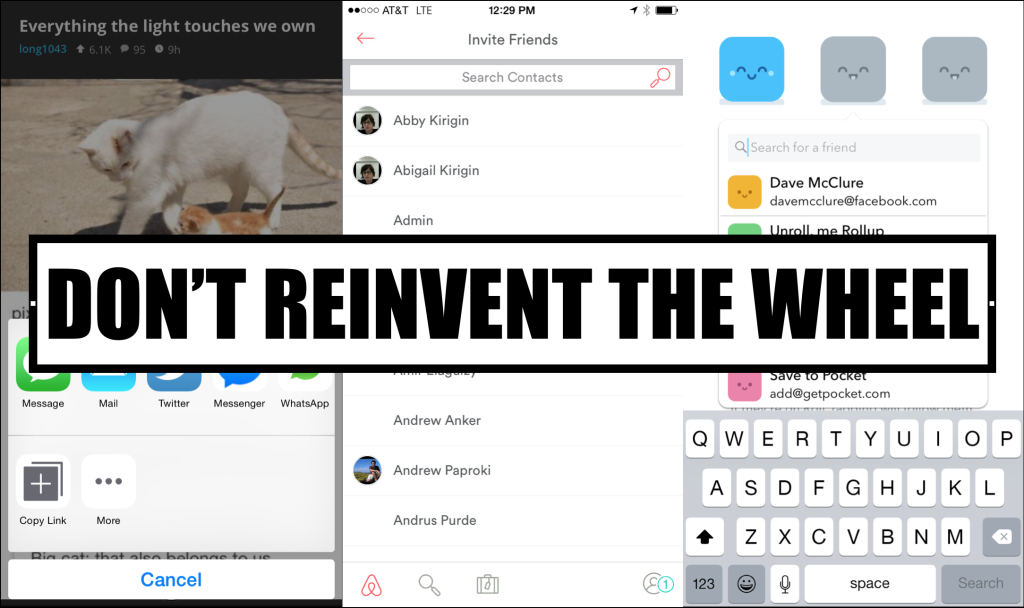Right about now, many startups are learning whether they got into Y Combinator’s W16 batch. Congrats to those that got in, and for those that didn’t, please keep going.
Even YC companies try to continue the momentum after Demo Day. So how can you simulate YC — whether you didn’t get in, can’t move to California, or your batch is done?

This is like software or UI design patterns. If there is a good idea that works, we should make them more common. We’re simulating an accelerator, so this is just another way of exploring how a more startups can win.
For context, my startup YesGraph just went through the W15 batch. It was my second time through, after my first startup Tipjoy was in W08. Plus YesGraph helps apps grow, so I talk to many companies about their growth constantly.
Picking Your Goal
It’s incredibly important to have a true north for growth. I’ve written about how important picking a goal can be for your startup’s growth. Growth solves most problems in startups. You can get a lot wrong and still win because of good growth.
You should work with investors and advisors to pick a goal. It’s something that partners at YC will focus on during office hours. You can revisit whether you’ve picked the right goal, but mainly you’re looking for a baseline for the real work.
Driving Towards a Weekly Growth Target
If you have a goal, then you need to keep score. In group office hours and meetings with partners, YC focuses with brutal honesty on hitting metrics. Many founders describe how motivating this routine can be for maintaining momentum. For example, Airbnb would put their target growth graph everywhere — they couldn’t avoid keeping score and getting motivated.
Startups can be busy and frenetic. Mania about your specific goal actually helps you focus on cutting out everything that doesn’t help achieve the goal. During YC you might even make temporary sacrifices, like not meeting up with friends socially.
Find the right balance for you, but try to cut away everything getting in the way of hitting your goals. This is why so many investors focus on founders that are relentlessly resourceful.
Routinely Meeting With Other Founders
The YC batchmates provide a big part of YC’s value because other founders have your same problems. But they aren’t your investors, your boss, your customers, or your employees. You can be direct and blunt in a way that is very rare compared to your other relationships.
This level of candor helps you be honest with yourself and helps you prioritize. It also helps get feedback and advice from just enough people. Not one person’s opinion and not a crowd that can’t see the future you’re building.
Try to keep this group small — no more than a dozen companies. As groups grow, meetings become cocktail parties not counseling sessions. Harsh feedback is less direct or not given at all.
Demo Day = Refined Pitch + Meeting Density
YC’s Demo Day is an incredibly valuable tool for startups. The reason is that a higher density of meetings dramatically changes the results of your fundraising efforts. Having 100 meetings with VCs over 3 months will not be as effective as 30 meetings in one week.
So to simulate Demo Day for your next round, make your fundraising a punctuated event. Don’t take investor meetings if you’re not fundraising. No one will think less of you if you say “thanks, but we’re heads down building our product and plan on fundraising on X”. Don’t even take intro phone calls if you find it hard to be disciplined here. Then when you want to fundraise, try to plan all your first meetings within just a week or two.
If you don’t have the YC investor network, leverage your personal network. In a spreadsheet, make a list of every investor you know. Then make a list of every founder you know. Ask every founder which of their investors stand out, add those to the list, and then ask for an intro. Make a list of other notable investors and research who you know that can intro. Then request the intro and add the investors to the list. This list is now your CRM. Work the list to arrange a tight sequence of meetings.
I meet many founders that don’t understand the numbers here. That’s one of the benefits of YC’s demo day: default high scale. You can’t just take one meeting and decide your fate from the result. Plan on a large number of meetings and a large number of “no”s before you get to a “yes”.
Another part of demo day is pitch practice. The actual pitch is just a few minutes long, but this is abnormally short for talking to investors. Still, your core message should be very polished to match this level of refinement. The best way to get good is to practice. Record yourself and watch the recording. Refine and repeat. Ask friends that understand startups to give feedback — do it live or share your recordings.
A coherent story comes from refined thinking.
Growing and Using Your Network
YC’s community is very strong, built with a pay-it-forward culture of helping future founders. Batch mates have stronger rapport than across batches. But this pattern just mirrors how real life networking works: it’s all about trust. Certification by an institution can help build trust without direct experience, like trusting someone is good because they went to Harvard or worked at Google.
Without the institution to impart proxy trust, the way to build a network is by interacting with people directly. There are plenty of navel gazing startup events with vapid conversation. I’ve found that the best contacts come from environments that foster closer relationships and higher bandwidth interaction.
I recommend approaching this in a tactical way: learn more about something you need by tapping your current network to grow your network. If you need to learn more about sales, talk to your network to find and build connections with people that know a lot about sales. Do the same for other topics: engineering recruiting, managing a team, automated testing, building a brand, getting PR — whatever. Cold outreach also works. To get a better response rate, target people rising in their career but not at the top.
Consider Sharing an Office — Thanks Andrew!
A shortcut to getting a close group of founders is to share an office. YC actually recommends against this because having a space to call your own is important. I don’t agree, especially given how expensive that can be for just a handful of people.
Right now YesGraph is sharing space with another small startup called Esper. Esper makes software for executive assistants, an under-served market.
Esper’s founder is Andrew Lee, and we regularly commiserate and strategize about our companies. It’s a microcosm of a YC batch: two founders talking.

What are Your Tactics?
I’m sure we’ve missed some tactics here. What are yours? Leave your answers in the comments or email me at ivan@yesgraph.com
If you want to get future posts about startups and growth, subscribe here.
And if you’re looking to grow your startup, check out YesGraph!











